Editors’ Picks




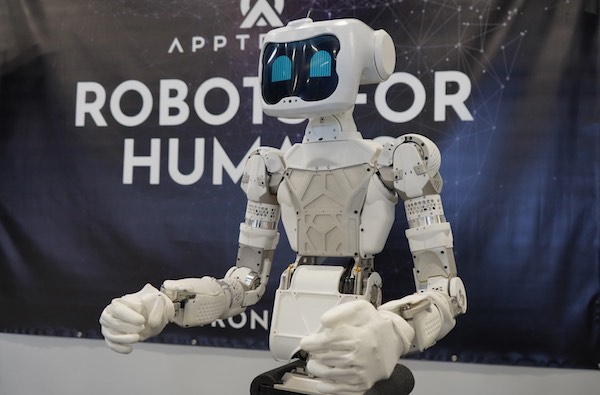
Found in Robotics News & Content, with a score of 0.22
…more and costing less to implement.” “Public perception is changing—COVID-19 drove a lot of that with job shortages,” he added. “Robotics is key to the future of productivity; there is no future of work without robots.” Founded in 2016, Apptronik spun out of the University of Texas at Austin. The Austin-based company is developing exoskeletons and the Astro humanoid robot. Cardenas spoke with Robotics 24/7 about how Amazon's recent purchase of iRobot and Apptronik's own work are showing the way to the future of robotics. Amazon iRobot acquisition an industry bellwether Amazon is one of the biggest brands in the…
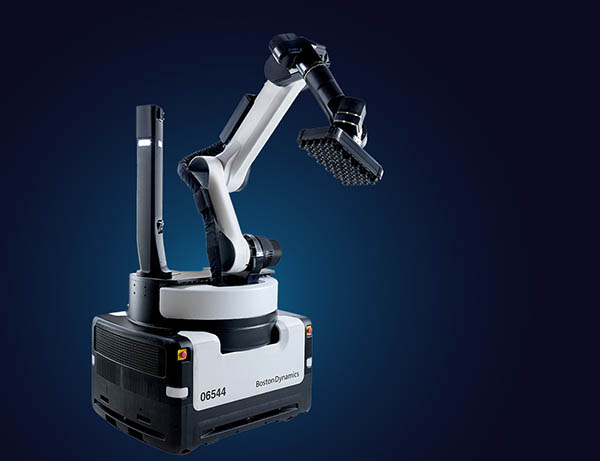
Found in Robotics News & Content, with a score of 0.57
…inbound and outbound distribution centers. In response to the COVID-19 pandemic, NFI said throughput demands have increased at every stage of its supply chain process. Boston Dynamics expands Stretch rollouts Stretch features a seven-degree robot arm, an adaptive vacuum gripper, and a high-capacity battery that Boston Dynamics said can last up to 16 hours on a single charge. The robot can carry a variety of packages up to 50 lb. (22.6 kg.). As part of its vision system, the robot does not require SKU number pre-programing or box size information. It is also smart enough to be able to readjust…
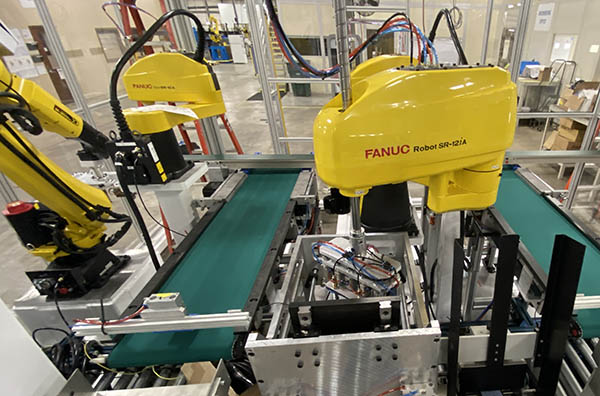
Found in Robotics News & Content, with a score of 0.28
…because consumers couldn't go out like normal [during the COVID-19 pandemic], said Finazzo. “We're seeing new customer activity at record highs.” “In addition, collaborative robots subsidize labor rather than replace it,” he said. “You can take one skilled person, add three robots, and still come out ahead. When cobots came out, there were a lot of false starts around safety, which depends on the end-of-arm [tooling and payloads]. But their ease of programming has been tremendous for processes like welding and assembly, where that skill set doesn't exist anymore.” “We're also seeing people designing for cobots and new tasks, such…

Found in Robotics News & Content, with a score of 0.40
…include warehouse workers leaving the industry because of the COVID-19 pandemic, retiring Baby Boomers, a low U.S. birth rate, and a generational shift in what employees are looking for in their careers and workplaces, said Berkshire Grey. Turnover rates as high as 43% cost warehouses $8,500 to replace each worker, according to Kane Logistics. “Labor is a real challenge for retailers and 3PLs [third-party logistics providers],” said Kishore Boyalakuntla, vice president of products at Berkshire Grey. “More than 10 million jobs are available, but the reason for turnover is the nature of certain jobs.” “A human sorter has to move…
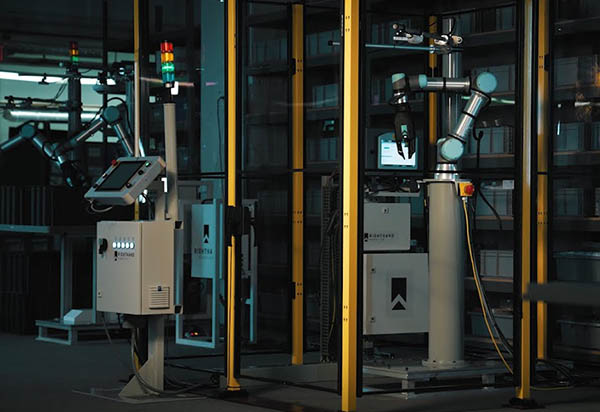
Found in Robotics News & Content, with a score of 0.84
…to worker shortages that were already growing before the COVID-19 pandemic, he said. “Second are ROI [return on investment] and the savings that companies see,” Kaczmarek added. “Automation can reduce costs, lower error rates, and maintain higher uptimes in less than a year, which is attractive payback.” Third are environmental, societal, and governance (ESG) factors, as governments and companies in Europe and worldwide set sustainability goals. “ESG continues to be an important trend,” said Kaczmarek. “Robots can reduce waste, particularly on the transport side. An AutoStore robot consumes less electricity than a vacuum cleaner, for example.” “Lastly, automation can help…
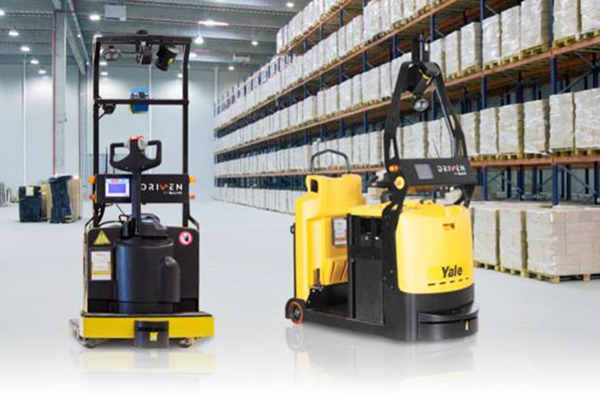
Found in Robotics News & Content, with a score of 0.30
…shipments. Smart: Everyone saw a pause in 2020, when COVID-19 took the world by surprise, but we've experienced growth in 2021 and 2022. We're really focused on scaling the organization. It centers around self-reliance. The robotics and automation industry is made up of folks who have mastered a core technology that can be offered from a product standpoint, and then it's OEMs and partnerships. For us, being self-reliant means building out our sales and business development organization to support all of our accounts across North America. This includes project management and aftermarket parts. We have teams under each of these…
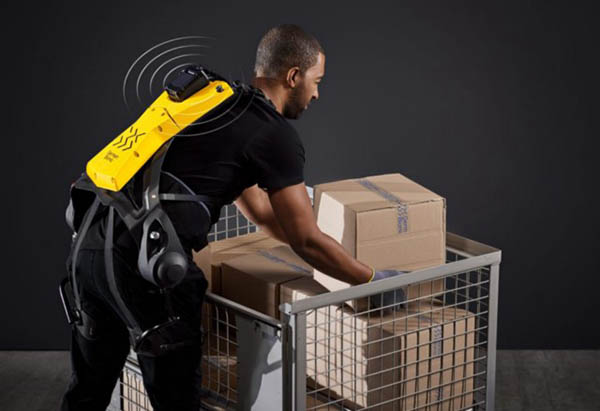
Found in Robotics News & Content, with a score of 0.51
The COVID-19 pandemic has propelled e-commerce to stratospheric heights, with sales skyrocketing over 30% in 2020 and close to 40% in 2021. Globally, online shopping jumped to nearly $30 trillion, led by Alibaba and Amazon. This shift in consumer behavior has accelerated the adoption of warehouse automation, as packaging systems are estimated to climb to $69 billion by 2025. At the center of this revolution are unmanned systems. Robots excel at dull, repetitive tasks like moving pallets. However, humans still exceed their mechanical counterparts in delicate creative tasks that require high levels of tactile dexterity. This paradox has led many…
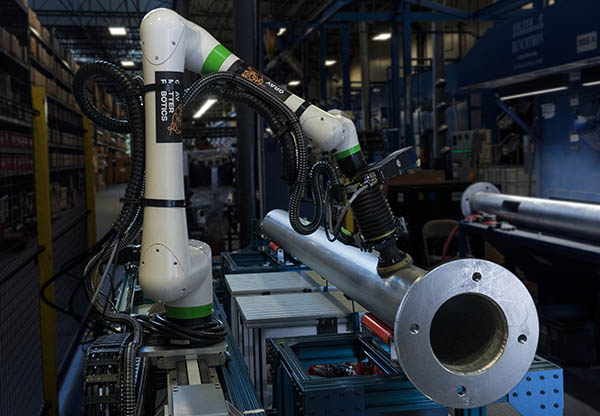
Found in Robotics News & Content, with a score of 0.38
…safer workplace and promoting sustainability by reducing waste.” While COVID-19 is no longer an obstacle to getting investment, market conditions and expectations have been shifting over the past three to four months, Kabir acknowledged. The oversubscribed round demonstrated interest in real-world applications and the urgency of labor shortages, he noted. “Investors witnessed how we are addressing pain points during customer site visits,” said Kabir. “Customer demand has never been higher for robotics and automation solutions, helping manufacturers improve productivity; obtain cost savings; and provide consistent, high-quality performance,” said Adi Leviatan, president of 3M's Abrasive Systems Division. “Reinvesting in GrayMatter Robotics…

Found in Robotics News & Content, with a score of 0.71
Not only did the COVID-19 pandemic accelerate e-commerce demand; it also altered consumer expectations of fast and accurate order fulfillment. From unloading trucks and pallets to taking inventory in warehouses and each picking, robots can assist shorthanded operations at each step. Even brick-and-mortar stores can benefit from automation. In this free webcast, industry experts will discuss how both online and traditional retailers can take advantage of automation as peak season approaches. They will also discuss the importance of collecting and analyzing data to provide timely and actionable insights. Date: Tuesday, Aug. 30, 2022 Time: 3:00 p.m. EDT Retailers, hotels, and…
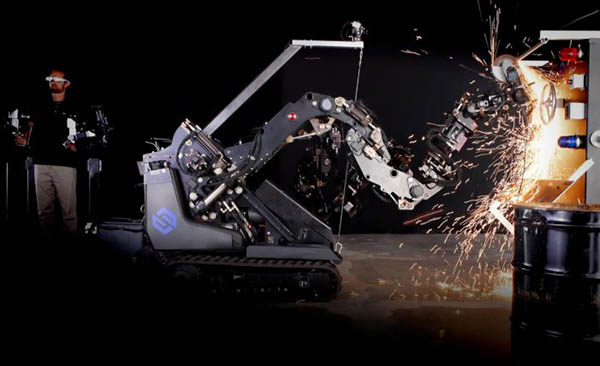
Found in Robotics News & Content, with a score of 0.32
…Sarcos meets challenges with humans in the loop Despite COVID-19 and economic worries, supply chain snafus and worker shortages have helped companies understand the value of automation, said Kiva Allgood, president and CEO of Sarcos. “The pandemic has been an accelerant for robotics, as companies have had to rewrite their standard operating procedures or SOPs,” she told Robotics 24/7. “Companies are desperate for new ways of doing things faster and safer.” “We're targeting deep technical problems in unstructured environments where exoskeletons and teleoperated systems can do those things,” she added. “Society has become more accustomed to hybrid work, and businesses…
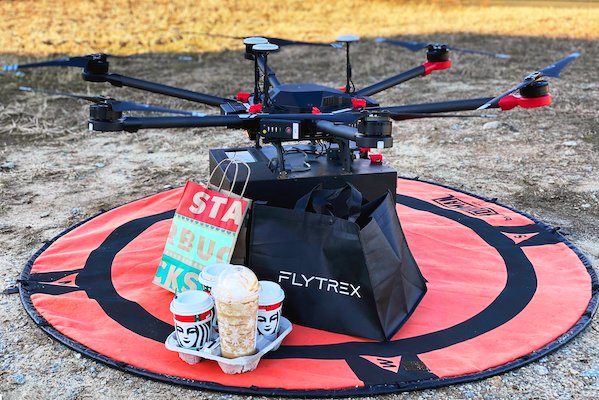
Found in Robotics News & Content, with a score of 0.71
…It attributed the growth to private investments in drones, increasing e-commerce sales, and demand for contactless delivery amid the COVID-19 pandemic, and private investments in drones. Similarly, Report Linker said the drone-delivery market could grow by $13.54 billion at a CAGR of 42.75% between 2022 and 2026.
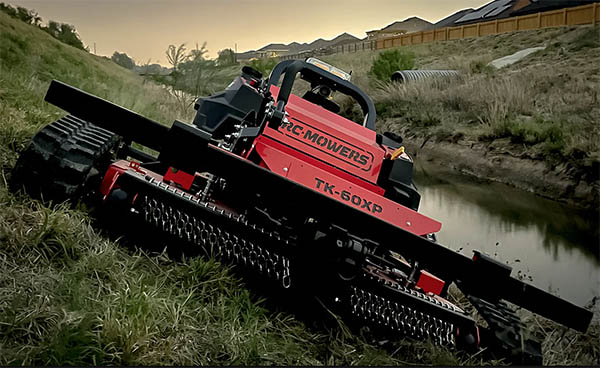
Found in Robotics News & Content, with a score of 0.35
…delayed launch of its Terra t7 because of the COVID-19 pandemic. “Consumer robots are good, but they're meant for small lawns, and you need to run a guide wire,” he said. “They mow every day while you're sleeping or away.” By contrast, the commercial lawn and landscaping industry has about $107 billion in total revenue, according to Kubista. “About half is from mowing services, but that's the least profitable part of the business for a landscaper,” he said. “When you survey management at these firms, their No. 1 problem is labor availability, which has been the case for 18 years.”…



